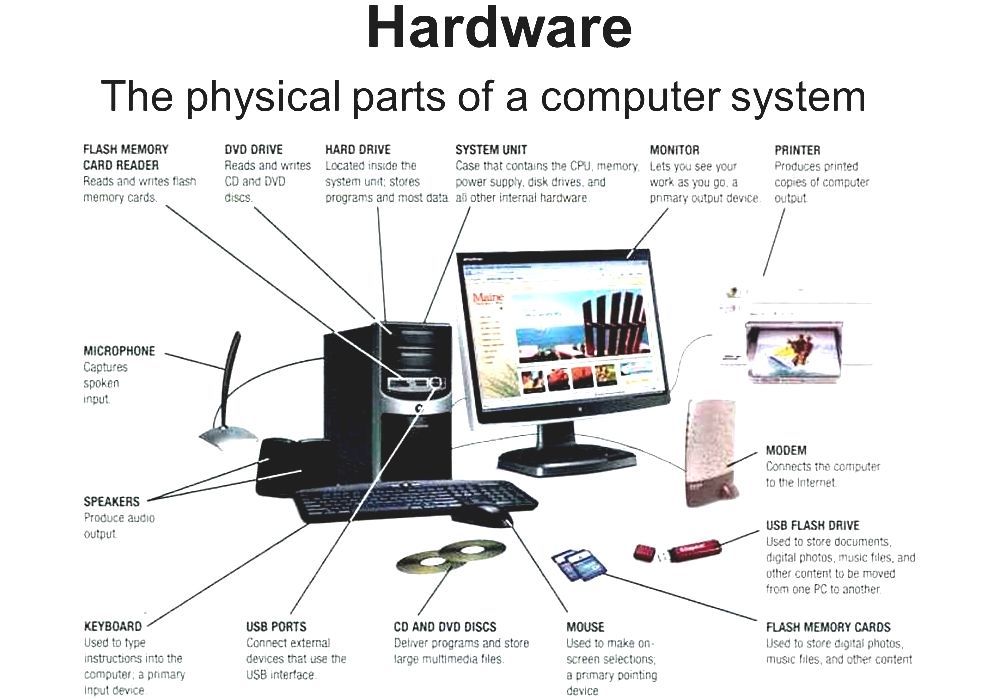
- #System hardware monitor how to
- #System hardware monitor driver
- #System hardware monitor windows 10
- #System hardware monitor software
- #System hardware monitor Pc
#System hardware monitor software
Developers use this API to develop software that optimizes application settings based on the capabilities of the computer.
/81-operating-system-5808ddd13df78cbc288d7500.jpg)
The Windows System Assessment Tool (WinSAT) assesses the performance characteristics and capabilities of a computer. The program reads modern CPUs on-die core thermal sensors, and hard drive temperature via S.M.A.R.T, and video card GPU temperatures.Ī software tool that simultaneously stress tests the main subsystems of your computer for endurance, reliability, and stability. The program handles the most common sensor chips, such as the ITE* IT87 series, and most Winbond* ICs.
#System hardware monitor Pc
HWMonitor is a hardware monitoring program that reads PC systems main health sensors: voltages, temperatures, and fans speed. It also analyzes the performance the CPU, cache, RAM, hard disk, CD/DVD-ROM, removable/flash media, video, and MP3 compression. The utility provides information about your system, including hardware devices, installed drivers, operating system security, and stability metrics.Ī utility designed for hardware detection. Similar to other memory testing programs, Windows Memory Diagnostic does a series of extensive tests to check your computer memory.Ī complete PC diagnostics software utility that helps you install, optimize, troubleshoot your computer. OCCT is a stability checking tool tests processors, graphics, and power supplies.ĬPU-Z is a freeware application that gathers information on some of the main devices of your system.Ī free, standalone memory testing program.Ī free memory test tool provided by Microsoft. TMonitor detects mechanisms such as Intel® Turbo Boost Technology, and allows you to clearly visualize its effect as the processor is working. A very high refresh rate (20 times per second) allows you to visualize the smallest clock variation in real time. TMonitor displays the active clock of each individual core of the processor. You can also use PerfMonitor as a hardware-level CPU comparison tool, comparing the key parameters of different CPUs running the same benchmark. Use it to identify system bottlenecks, monitor for cache-miss rates, or monitor mispredicted branches. PerfMonitor is a processor performance monitoring tool that tracks the frequency of four events chosen in a model-specific list. The tool checks for brand identification, verifies the processor operating frequency, tests specific processor features, and does a stress test on the processor. The Intel® Processor Diagnostic Tool is a free application used to verify the functionality of an Intel microprocessor. Intel doesn't endorse or recommend any particular tool, software, or website. For use and support of any third-party applications, contact the owner. See the table below for links to Intel and third-party test and diagnostic tools and software.
#System hardware monitor driver
The reason for this is that it uses an AMD proprietary method to read the CPU temperature that other CPU monitoring software doesn’t have access to.Get driver and software updates for your Intel® NUC with the Intel® Driver & Support Assistant. This may only apply to the lucky ones who own a Ryzen CPU, but if you do then it’s by far the most accurate way to track your CPU temperature.

#System hardware monitor how to
This requires the aid of third-party programs, which will help keep tabs on how hot the processor is getting.Īlso read: How to Fix Wmpnetwk.exe High CPU and Memory Usage in Windows 1.
#System hardware monitor windows 10
Now that we know what the temperature limit is, it’s time to explore how to check CPU temperature in Windows 10 and 11. In most cases this is perfectly safe (if a little hot on the palms for laptop users), and you only need to start worrying if you’re creeping up into the 90s. Again, CPU temperature limits vary greatly, but under heavy gaming load, it’s not uncommon for temperatures to soar into the 80s.

If you’re playing graphically intensive modern games, then not only will your GPU be under load, but your CPU too. (For the above example, we’ll be striving to stay under 70☌.) Either way, if your PC is under this temperature for most (or, ideally, all!) of the time, you’re doing fine. If it says “T Junction” (like above), the general advice is to keep things at least 30☌ under this stated temperature. If the temperature is listed under something similar to “Maximum Operating Temperature” or “T Case,” then that’s the temperature which you should strive to keep your processor under most of the time.


 0 kommentar(er)
0 kommentar(er)
